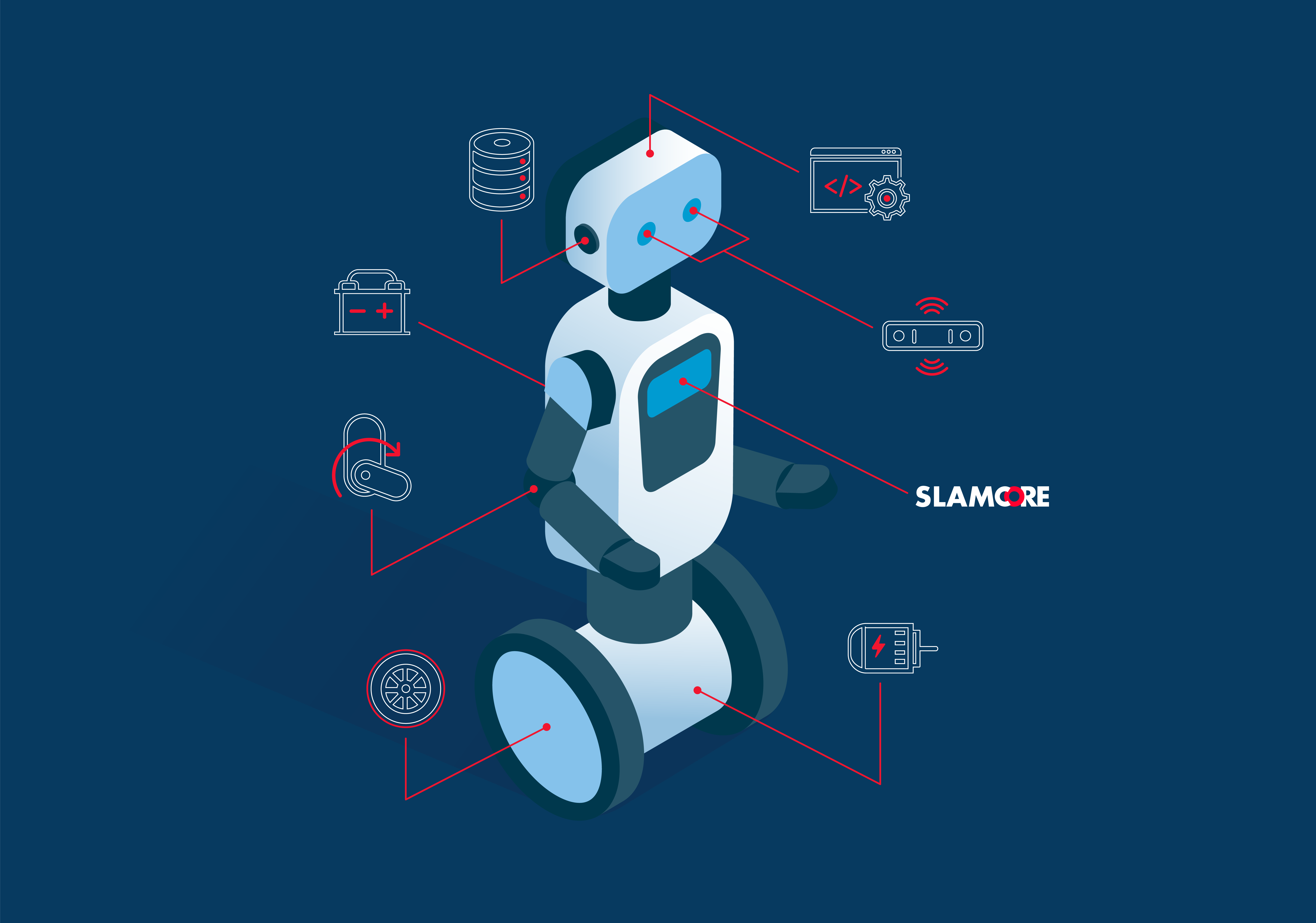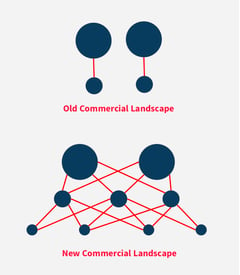It may be controversial to say, but the world needs more robots! The best solutions to sustainable energy production, more efficient manufacturing and even care for the sick and elderly as well as hundreds of other pressing problems, all require robots that can safely move around in a wide range of environments. At the moment, it is still difficult and expensive to design and build commercially viable robotic solutions to these problems. But this is changing rapidly, driven by advances in technology and in the way the industry functions.

From DIY to expert ecosystems
Overall, in spite of its size and relative age, the robotics industry is only now emerging from what could be characterized as a ‘hobbyist’ stage. Outside of a handful of multinational mega-corporations, most robots have been designed and built by small teams and small businesses. Companies often worked on individual robotic projects, re-inventing the wheel for each one. With each robot being designed from the ground up every time there were few opportunities for sharing, re-use and learning between teams, let alone organisations.
The average industrial robotics team still has fewer than 10 people and the complexity of the challenges these teams face is huge. Looking at our own area of SLAM as an example, there are only a handful of experts in the world capable of creating the complex algorithms needed to give a robot the capability to successfully locate and navigate itself. Most companies will not be able to attract these individuals. If only the biggest, wealthiest corporations are able to afford the people and the resources to crack the key challenges in developing autonomous robots, power will quickly concentrate into very few hands. This could slam the door on thousands of innovative start-ups, consigning their great ideas to the dustbin.
But now, a new generation of companies is emerging. They are creating solutions based on agreed standards and for common robotics platforms. They are driving collaboration and specialization so that problems can be solved once and then applied to many types of robot. At SLAMcore we are in the vanguard of this movement to remodel the industry. We see the robotics industry becoming more like the smartphone industry; an ecosystem of specialists working to increase opportunity for all by building on each others innovation.
 One for all: all for one
One for all: all for one
Many different specialists collaborate to deliver that wonder of the modern world – the smartphone. From OLED screen technology to cellular modems, from Android and Apple operating systems to cameras, microphones and speakers there are hundreds of components from numerous suppliers in every phone. Each supplier is not only a specialist but provides its expertise, in a standardized way, to many manufacturers. As a result, key technology challenges are not only overcome once for the benefit of all, but continue to be enhanced through the experience of the whole industry. This supply-chain, or ecosystem-led approach reduces cost and time to market and drives innovation and constant improvement in technology.
SLAMcore is leading the way with this approach in the robotics industry. We don’t build robots, and so are not competing with our customers. Instead we focus on providing the best possible localization, mapping and semantic understanding solutions to innovative firms. Our software solution not only uses much cheaper hardware than most in-house and third-party solutions, but is more accurate. It is currently available as a reference design deployed with multiple companies around the world and will be available to license for a low, per-robot cost, across the industry. Our designs are optimized to minimize load on precious memory and CPU resources, so that our customers are free to design and work with a broad portfolio of commercially available hardware. We don’t require customers to use or buy bespoke hardware.
What this means is that we’ve done the hard work in tackling SLAM for autonomous robots, so our customers don’t have to. They can license a solution that will seamlessly integrate into their designs allowing them to focus time and resources on delivering their product.
The deeper benefit of this approach is that we are constantly learning and ploughing that learning back into improving our product for everyone’s benefit. As SLAM specialists we work across far more applications than any one robot designer would, so we see a wider range of robots navigating in more situations than anyone else. As we work with different innovators creating robots for diverse applications in different sectors, we understand more about their localization and mapping challenges. Collaborating with them to adapt our algorithms to their demands improves our own solution and the functionality of our SpatialAI. These improvements are passed on in subsequent updates so that all of our customers benefit.
Towards a golden age
I believe that this is the way the industry can and must operate. The biggest opportunity in robotics is to work with ‘commercial disruptors’ – those that have the inspirational ideas for how robots can help in new and transformative ways. Most of these companies are small and focused on specific niches. It is madness to expect all of them to individually overcome the huge hurdles that SLAM presents. But it is also crazy to turn our backs on the advantages that these companies can deliver. The emerging collaborative ecosystem of robotics will usher-in what I believe could be a golden age of robotics. I’ll share my vision of that in the next blog.
Over the next 12 months we are going to be making some exciting product announcements. If you want to be the first to know, sign up to our early-access list.

